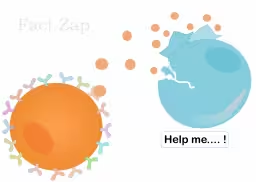Human Immune System
Edward Jenner created the first ever vaccine (for small pox) in 1797. It was the start of research into the human immune system. 200 years of learning helped understand how the immune system works. It involves organs, many types of cells, proteins like antibodies and cytokines and chemicals.

Functions of the Immune System
Our immune system protects us from
- infections like flu,
- changes in the human body like cancer,
- harmful substances that affect the human body like broken glass
The immune system keeps a record of every single bacteria or virus it fights. It can quickly respond and win over the same microbe in future.
So why do we get cold or flu every year ? There are different types of microbes that make us sick with the same symptoms.
Microbes can also evolve into different types within a short time.
White Blood Cells
White blood cells are soldiers of the human body. They are born in the bone marrow inside bones. They are made from Stem Cells. Stem cells are the basic version of a human cell. They develop in to different types of cells.
Lymphocytes are white blood cells that protect us from virus infections. T-lymphocytes can directly kill infected cells or parasitic cells. B-lymphcytes attach to the invading virus. It records the chemical composition of the virus, makes special proteins called antibodies that react against the virus and destroy it. These cells can also turn into memory cells to keep a copy of the chemical makeup of that virus and the antibody to kill it.
Primary organs of the Immune System
Our immune system is made of special cells. They guard the body, always on alert looking out for problems. When we accidently bruise or scratch the skin, it will let bacteria enter in.
Immune cells on guard at the bruised spot didentify the bacteria quickly. They start attacking it. If immune cells are injured, they release proteins called Cytokines.
Other immune cells have special cytokine receiving arms. They come to know of the attack and injured cells when they receive cytokines. They switch to a high alert mode and move in the direction of cytokines.
If cells fighting at the bruised site kill the intruding bacteria, they no longer release cytokines. When the moving immune cells do not sense cytokines, they stop moving towards the battle ground.
Cytokines vary based on the message they carry. They give directions, they guide movement of immune cells, they signal start of an attack, etc.
Lab made cytokines are used to fight cancer cells.
